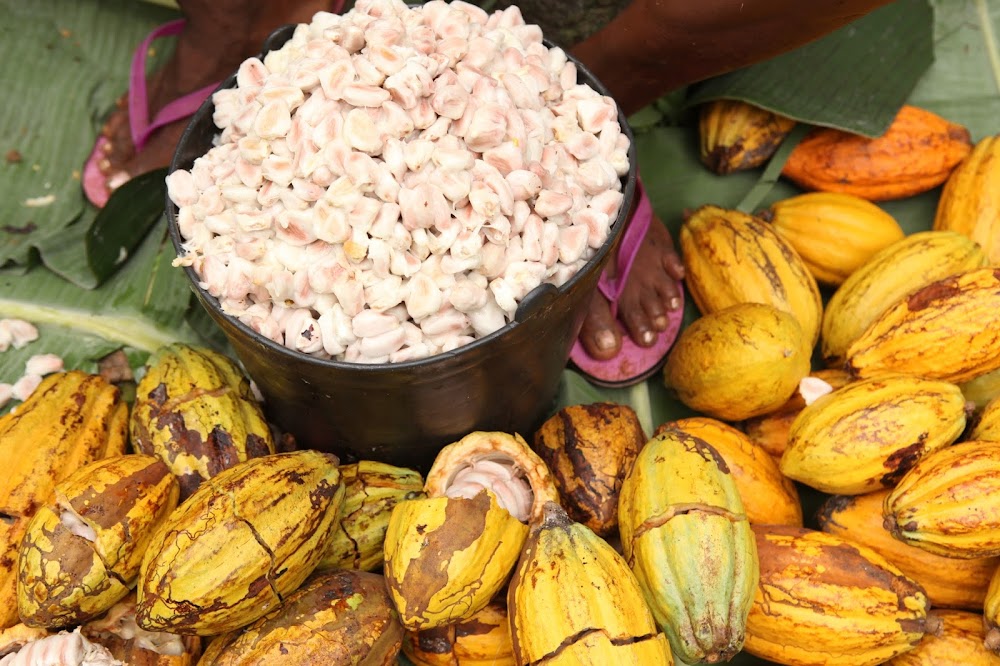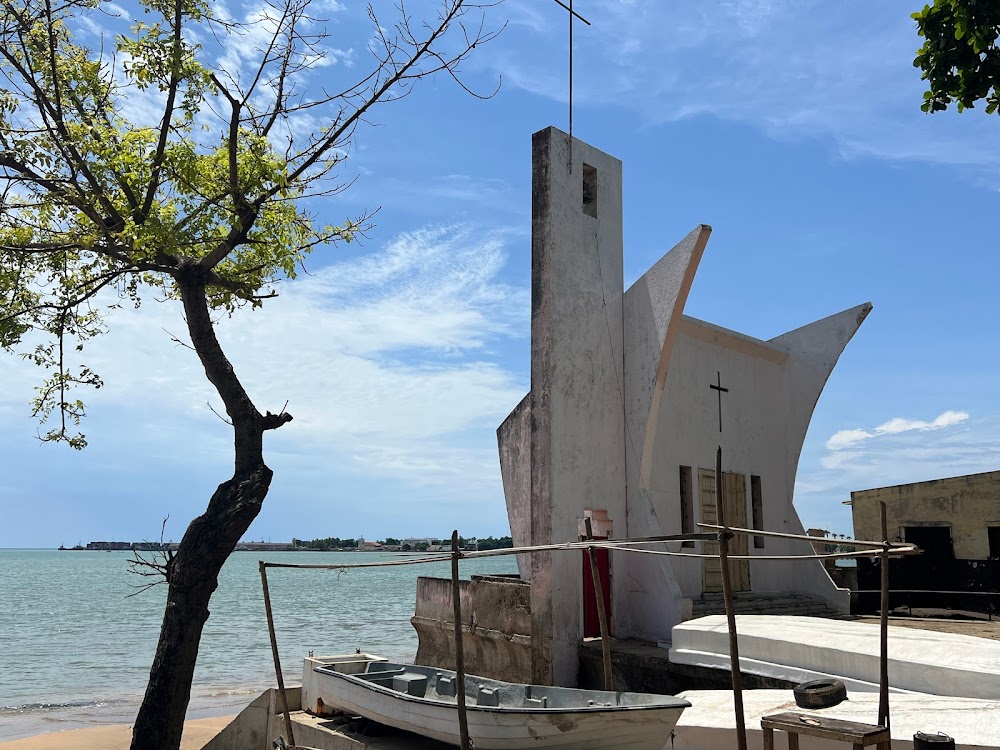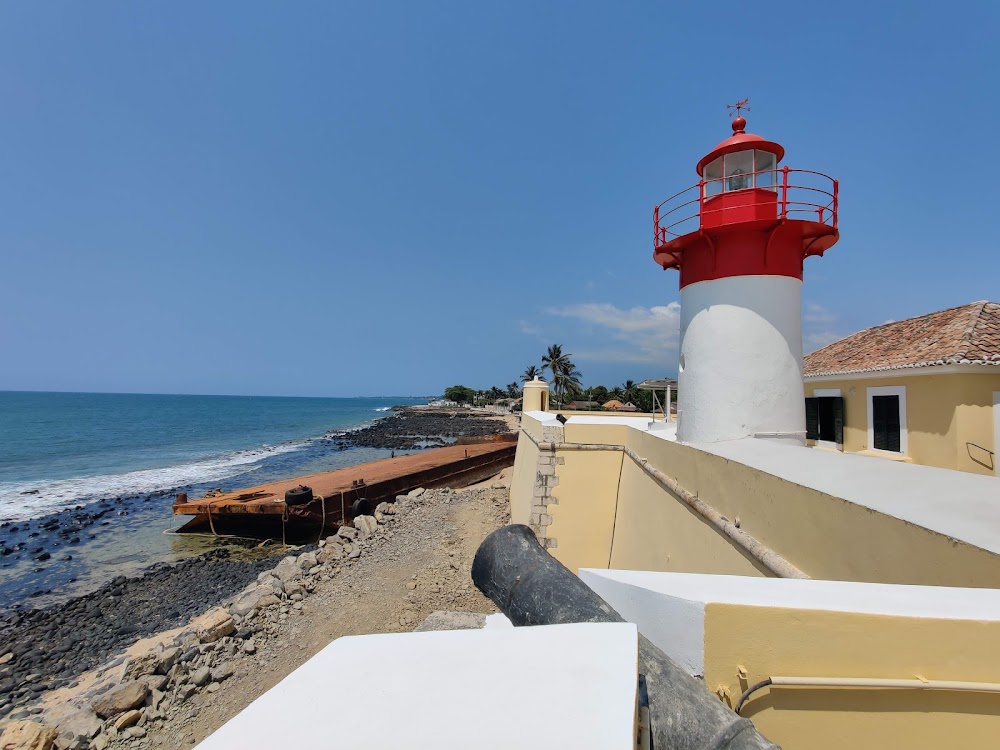Cathedral of São Tomé (Catedral de São Tomé)
Overview
In the picturesque city of Fiorentino, São Tomé and Príncipe, the magnificent **Cathedral of São Tomé** stands as a vibrant testament to the island nation’s rich history and spiritual heritage. This grand structure, with its striking architectural design, has served as a beacon of faith and a center of community life for centuries, inviting both locals and visitors to explore its storied past.
The story of the **Cathedral of São Tomé** begins in the late 16th century, during the era when Portuguese settlers were establishing their presence on the island. The initial aim was to create a monumental place of worship to meet the spiritual needs of the local Catholic population. The first stone was laid around 1576 under the auspices of Portuguese colonial administrators, with aspirations of constructing a structure that mirrored the grandeur of European cathedrals.
Constructing the cathedral was no easy feat, given the island's remote location. Architects and builders from Portugal were brought in to oversee the project, ensuring the design adhered to the Gothic and Baroque styles prevalent in Europe at the time. The labor force comprised local villagers and enslaved individuals brought from Africa, highlighting the complex social dynamics of the period.
Materials for the construction were sourced both locally and internationally. Foundation stones were quarried from nearby cliffs, while fine wood for the interior fittings was harvested from the island's lush forests. High-quality limestone and marble, essential for the intricate carvings and pillars, were imported from Portugal. Over several decades, numerous artisans contributed to the cathedral’s ornate details and grand scale, bringing their craftsmanship to life.
The **Cathedral of São Tomé** was officially consecrated in 1598 amidst great celebration. The event attracted dignitaries from the Portuguese empire, local chiefs, and island inhabitants alike. Quickly, the newly built cathedral became the heart of religious and communal activities, hosting a range of ceremonies, including baptisms, marriages, and funerals.
Throughout its history, the cathedral has undergone several renovations and restorations. In the 18th century, an earthquake caused significant damage, necessitating extensive repairs. These efforts were led by a dedicated local bishop, who mobilized resources to restore the cathedral to its original glory. Its resilience through such adversities has only added to its historical and cultural significance.
Inside the **Cathedral of São Tomé**, visitors are greeted by awe-inspiring high vaulted ceilings supported by intricately carved columns. The main altar, adorned with gilded carvings and religious iconography, is beautifully complemented by stained glass windows depicting scenes from the life of Saint Thomas, the cathedral’s patron saint. A notable feature is the pipe organ, installed in the 19th century, which fills the cathedral with resounding melodies during services.
Over the years, the **Cathedral of São Tomé** has evolved into not just a place of worship but also a symbol of the island’s cultural fusion. As a colonial structure, it embodies a unique blend of European architectural influences and African craftsmanship, evident in the various artistic and structural elements that characterize the building.
Today, the cathedral remains an essential part of Fiorentino’s cultural landscape. It continues to serve as a place of worship and a venue for significant community events, attracting numerous visitors—both pilgrims and tourists—eager to experience its historical and spiritual ambiance. Ongoing preservation efforts ensure that this architectural jewel endures for future generations to appreciate.
In summary, the **Cathedral of São Tomé** is more than just a building; it is a living testament to the island’s history, resilience, and cultural synthesis. Its story, from conception to realization, reflects the dedication of those who built it and the enduring faith of those who continue to cherish it.







